Back to Courses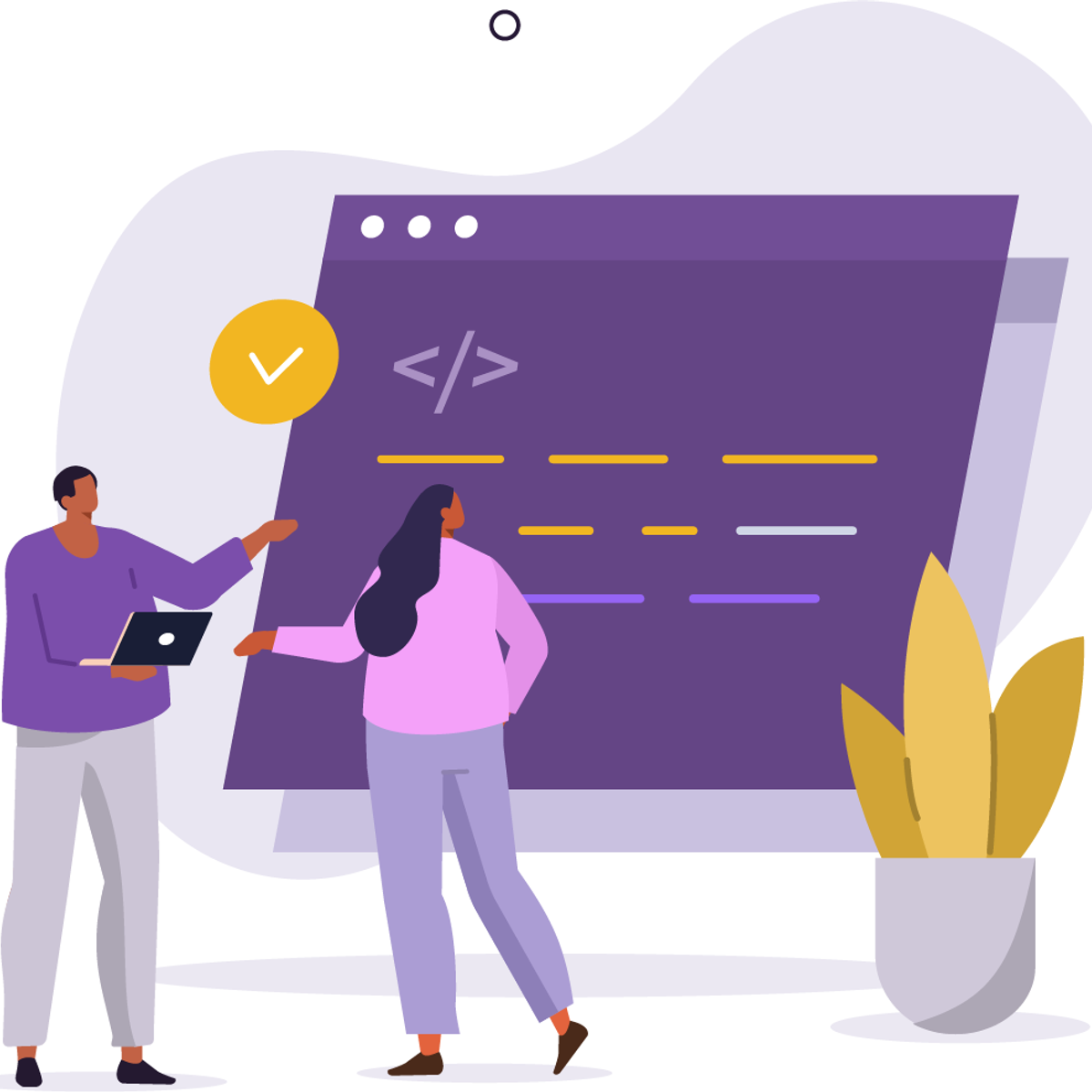

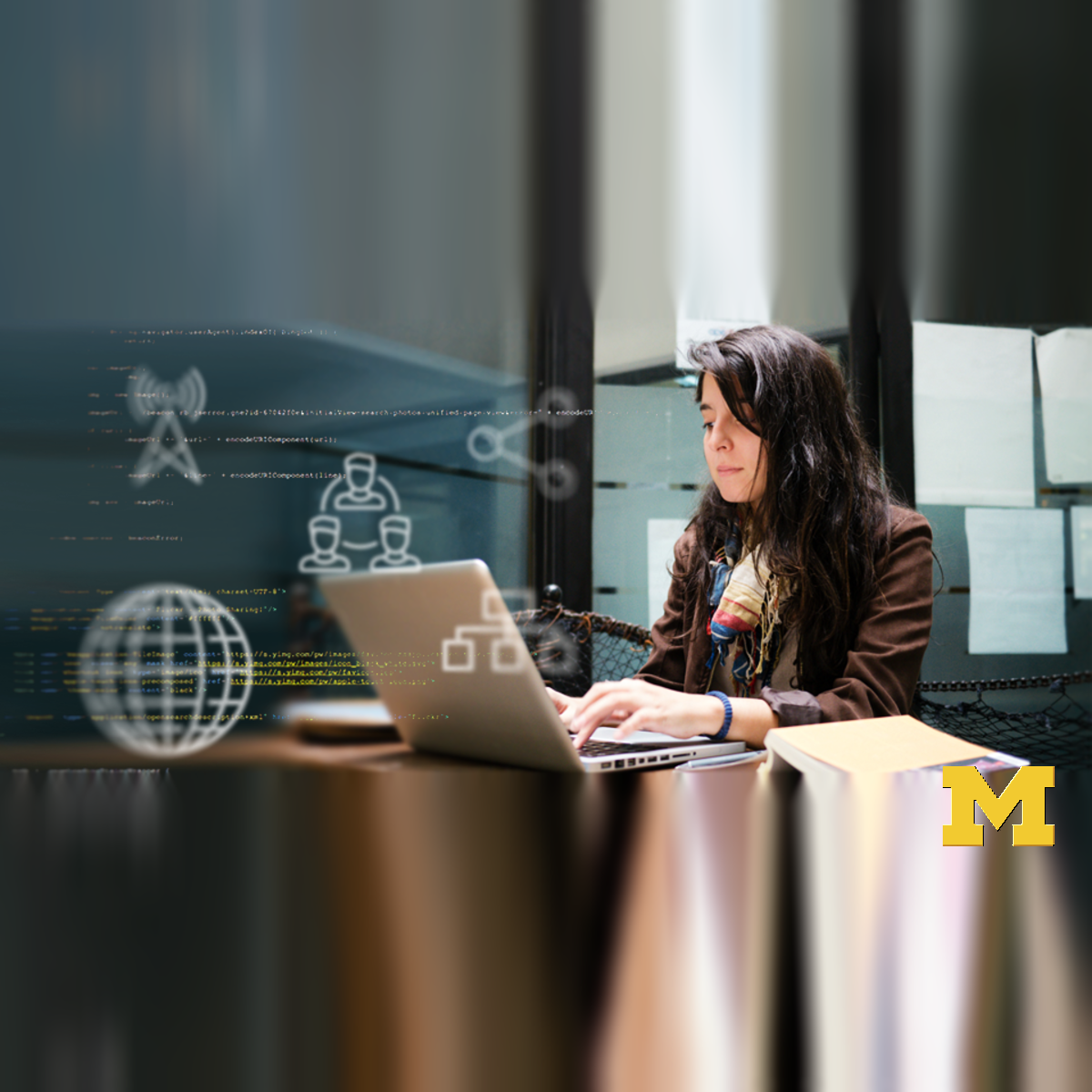
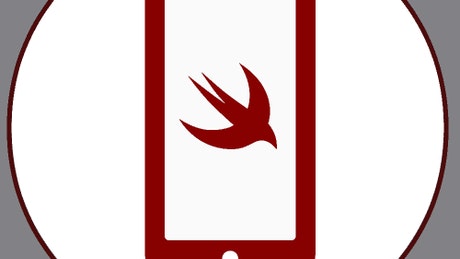


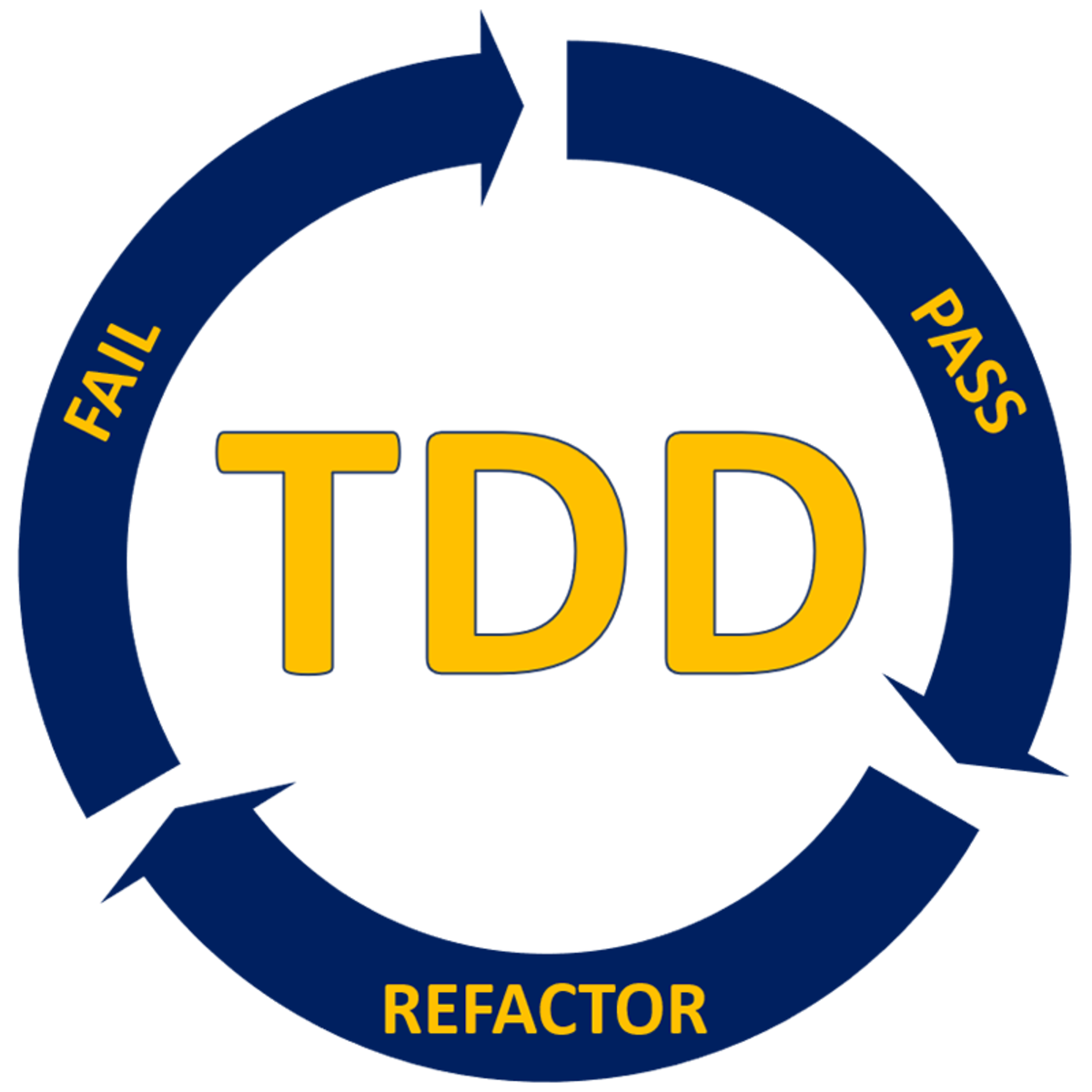
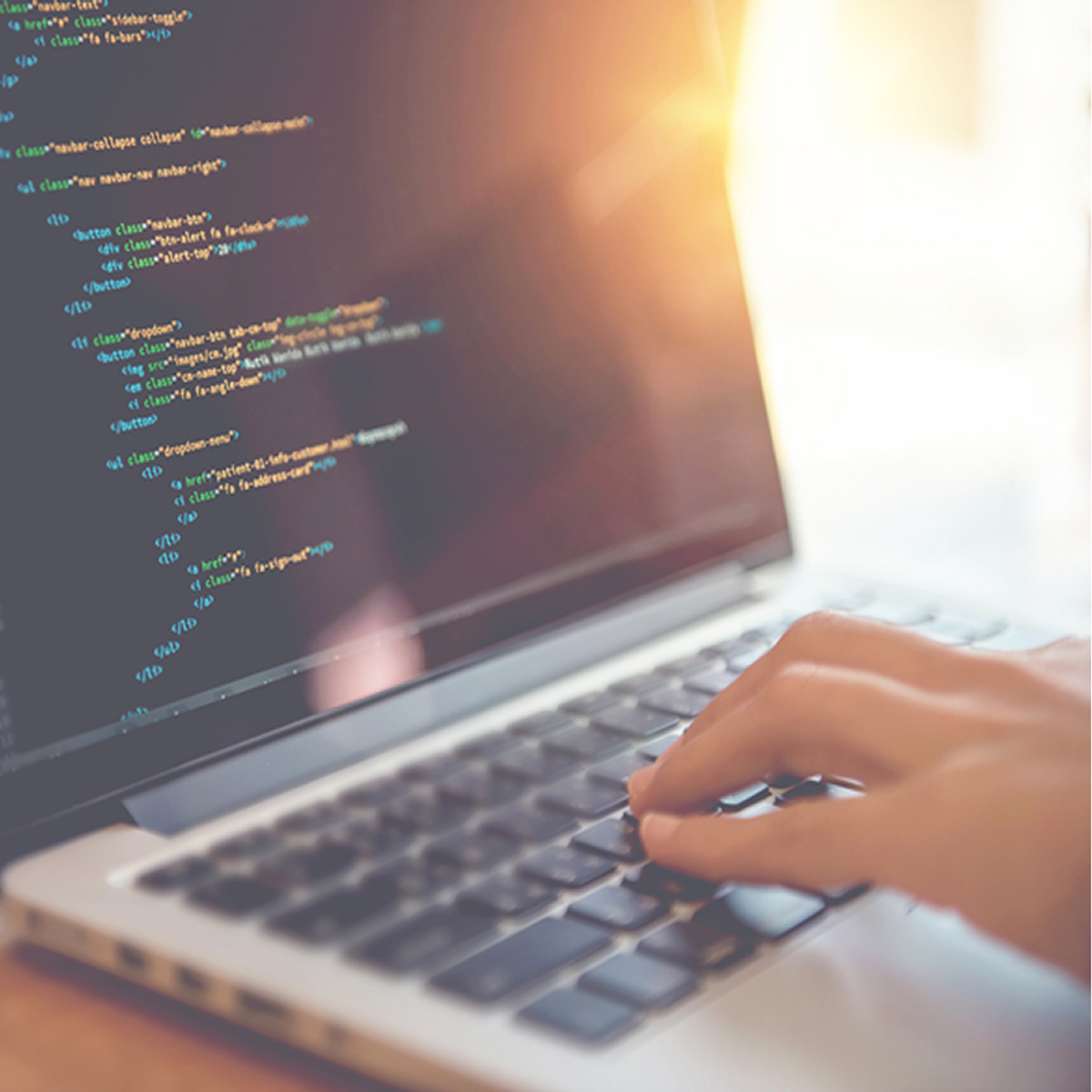


Mobile And Web Development Courses - Page 3
Showing results 21-30 of 456

Building Interactive User Interfaces Using React Library
A frontend application is expected to have an attractive, responsive UI and a seamless UX with swift navigable views. Single Page Applications (SPAs) fulfill these expectations as they are lighter and efficient. React, a popular JavaScript library is used for developing complex user interfaces for single page applications (SPAs). Facebook, Instagram, Netflix, Airbnb etc., are some of the famous websites that use React.
In this course, you will learn to construct an SPA by developing reusable and testable React Class components. The library helps you explore React features that enhance the performance of web applications by enabling partial page updates.

Validate HTML Forms with JavaScript and HTML
By the end of this project, you will have written and tested JavaScript and HTML code that validates data values entered into input fields on an HTML form. Data validation is a valuable skill in web development. Notifying users of input errors not only improves the user experience it also helps to ensure that any data collected via a form is as accurate as possible before sending it to a server for processing.
Note: This course works best for learners who are based in the North America region. We’re currently working on providing the same experience in other regions.

Web Design for Everybody Capstone
The capstone will develop a professional-quality web portfolio. Students will demonstrate the ability to design and implement a responsive site for a minimum of three platforms. Adherence to validation and accessibility standards will be required. The evolving student implementations will be reviewed each week by capstone peers and teaching assistants to make sure that the student keeps up with the agenda of the course.
Upon completion of this course students will feel comfortable creating and/or updating existing front-end sites, utilizing existing frameworks, and testing sites for accessibility compliance.
This course is only open to students who have completed the first four courses in the Web Design for Everybody specialization: Introduction to HTML5, Introduction to CSS3, Interactivity with JavaScript, and Advanced Styling with Responsive Design.

App Design and Development for iOS
In App Design and Development for iOS, the third course of the iOS App Development with Swift specialization, you will be developing foundational programming skills to support graphical element presentation and data manipulation from basic functions through to advanced processing. You will continue to build your skill set to use and apply core graphics, touch handling and gestures, animations and transitions, alerts and actions as well as advanced algorithms, threading and more. By the end of this course you will be able to develop a more advanced, fully functioning app.
Currently this course is taught using Swift 2. The team is aware of the release of Swift 3 and will be making edits to the course in time. Please be aware that at this time the instruction is entirely with Swift 2.

Smart Device & Mobile Emerging Technologies
Every day you use your smartphone. Your smartphone wakes you up, it is the first thing you use in the morning, and the last thing you check (e.g., alarm setting) before you sleep. In addition, you use it all day. A typical cellphone user touches their mobile phone 2,617 times a day (Dscout report based on 2017) and people spend over 4 hours a day on their mobile phones (Hackernoon report) on average. Smartphones and smart watches are very useful and will become even more useful due to their smaller sizes, lighter weights, versatile functionalities, advanced mobile communications & wireless networking (e.g., Wi-Fi & Bluetooth) technologies. In this course, the start-of-the-art smartphone and smart watch technology and components in addition to the global market trends and future forecasts are introduced. Since everybody uses smartphones and smart watches, knowing the details about the most globally used electronic device will definitely help you in all aspects of new product and app design & development, as well as business planning. In addition, the core technology and components of the world’s most popular smartphones (i.e., the Samsung Galaxy Note8 and Apple iPhone X) and smart watches (i.e., Samsung Gear S3 and the Apple Watch Series 3) are introduced along with details of the iOS and Android smartphone OSs (Operating Systems) and mobile communications 1G to 5G (for details on Wi-Fi and Bluetooth, please take my course “IoT Wireless & Cloud Emerging Technology”). This course ends with projects that teach how to analyze the components of smartphones and check the mobile network. Consequently, this course will prepare you to be more successful in businesses strategic planning in the upcoming smart device era. I cordially welcome you in to the amazing internal dynamics of the smart device world!

The Web and Databases in iOS
In this course, you’ll move outside of the platform and begin working with integrations like web frameworks, tools and asynchronous programming techniques.
By the end of this course, you’ll be able to:
- Demonstrate a working knowledge of how Swift applications communicate over the web
- Apply asynchronous programming techniques using Swift
- Utilize a variety of methods to take advantage of the Core Data package in a Swift application
- Add connections from an app to other languages to provide access to custom built web APIs and database management systems through both the Django REST framework and Swift
You’ll gain experience with the following tools and software:
- Swift database features and tools
- Web communication technologies such as HTTP
- SQL CRUD operations
- Programming languages like JSON, Python and Django
- Database web developer tools such as CloudKit, RxSwift and Swift libraries
- Core data
- Fetching

A Practical Introduction to Test-Driven Development
To be a proficient developer you need to have a solid grasp of test writing before putting code into production. In this course, we will take a hands-on look at Test-Driven Development by writing and implementing tests as soon as week one. TDD starts with good unit tests, so we will start there. Topics will also cover translating user specs into unit tests, applying the Red-Green-Refactor mantra, and applying mocks in python with the unittest.mock module. Once finished, you will have covered all the steps of TDD before development

Essential Tools For Application Development
In Essential Tools, we will look at two important classes of tools for developers: Version Control Systems and Built Automation Tools. We will look why we use such tools, discuss common concepts for those categories of tools, and then look at a specific and common example of each: Apache® Subversion® for version control, and Apache® Maven™ for build automation.

Build a Web App using React and Redux
By the end of this project, you will Build a Web App using React and Redux.
For the Flux architecture implementation, we will be using React-Redux, since that is the recommendation from the authors of Flux. Creating a Web App using Redux simplifies state management by enforcing a unidirectional flow through the application.

Working with Data in Android
Learn how to work with web technologies and persistent data on Android applications even after you close or restart an app. There is a focus on web communication and developer tools and you will discover how Kotlin applications communicate over the web. You’ll learn how data formats and web protocols work in relation to Kotlin apps. Furthermore, you will practice applying asynchronous programming techniques using Kotlin.
Learn the core functionality and uses of the SQLite database management system (DBMS). Learn about web clients and databases by adding connections from your app to other languages to access custom built web application programming interfaces (APIs) and database management systems.
Popular Internships and Jobs by Categories
Find Jobs & Internships
Browse
© 2024 BoostGrad | All rights reserved